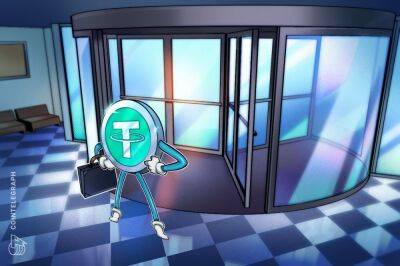Tether CTO Paolo Ardoino on taking the bull by the horn
Stablecoins have been under much scrutiny after the implosion of the third-largest stablecoin by market cap, TerraUSD (UST), in May 2022. The UST saga led to a lot of skepticism that caused consumers to question the safety of stablecoins.
In the seventh episode of Hashing It Out, Cointelegraph's Elisha Owusu Akyaw (GhCryptoGuy) interviewed Paolo Ardoino, Tether's chief technology officer, about how stablecoins work alongside a discussion on frequently asked questions about stable tokens.
Fear, uncertainty and doubt (FUD) rocked the boats of stablecoin issuers after the third most popular stablecoin, TerraUSD, depegged in 2022. Tether was one of such issuers at the receiving end of the FUD. Paolo Ardoino claimed that some of the FUD was being spread privately and publicly by competitors. Nevertheless, the Tether CTO said that the FUD only served to improve trust between consumers and the company.
One such fact was the ability of the company to withstand the pressure that came as a result of panic in the market. Ardoino points out that Tether was able to process $7 billion in redemptions in 48 hours, which was 10% of the company's reserves. According to him, it is an achievement that will be recorded in the history books of global finance.
On how to ensure that the industry does not end up in a situation similar to what happened with TerraUSD once again, Paolo argued that developers should stick to making stablecoins the traditional way and avoid the more experimental method of algorithm-based stablecoins. He believes that algorithmic stablecoins are inefficient and unsafe.
Related: Bitcoin advocate Najah Roberts explains why BTC is a tool for empowerment
Furthermore,Ardoino mentioned that algorithm stablecoins might work
Read more on cointelegraph.com









![Maker [MKR] hit a key resistance level- Will shorting yield profit? - ambcrypto.com](https://gocryptonft.com/storage/thumbs_400/img/2023/3/2/89941_yuba.jpg)






